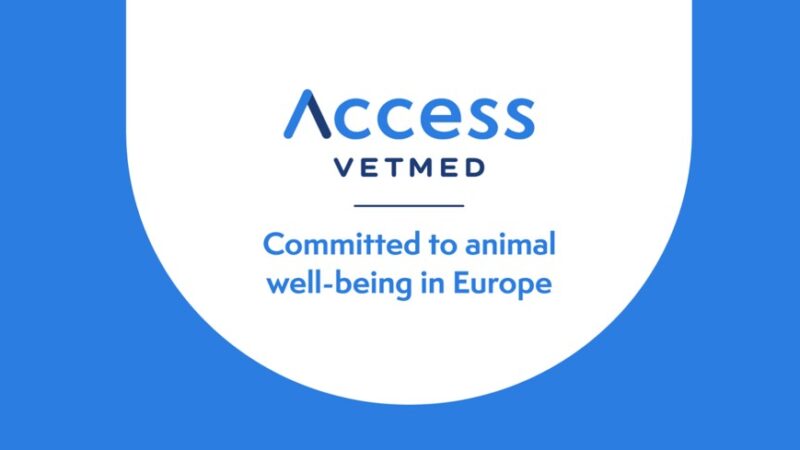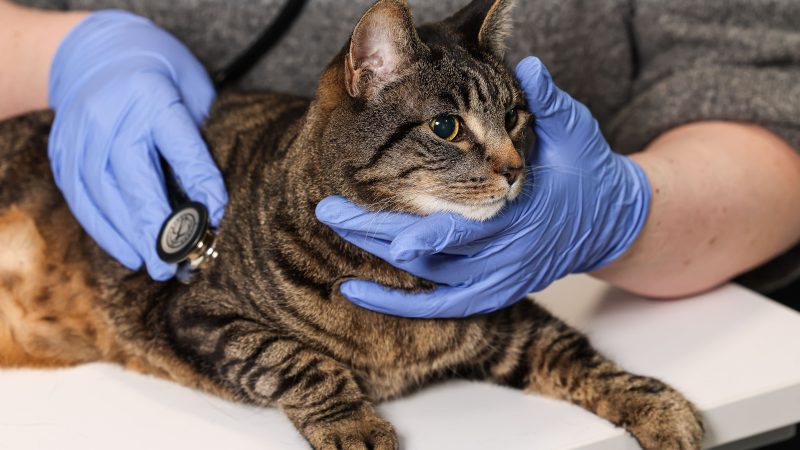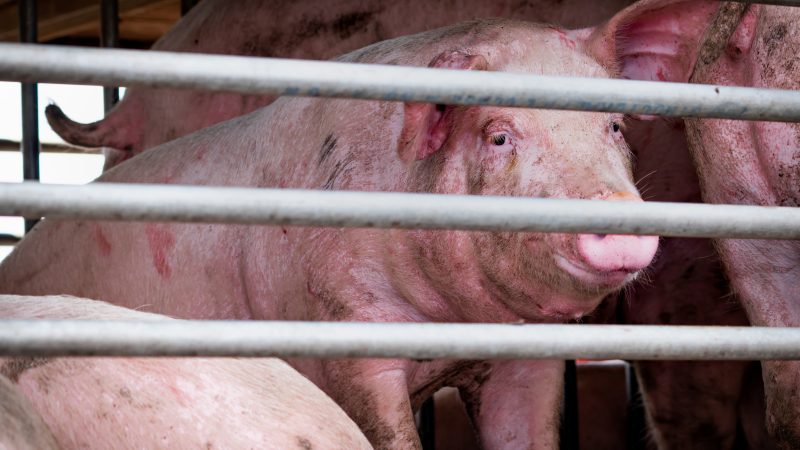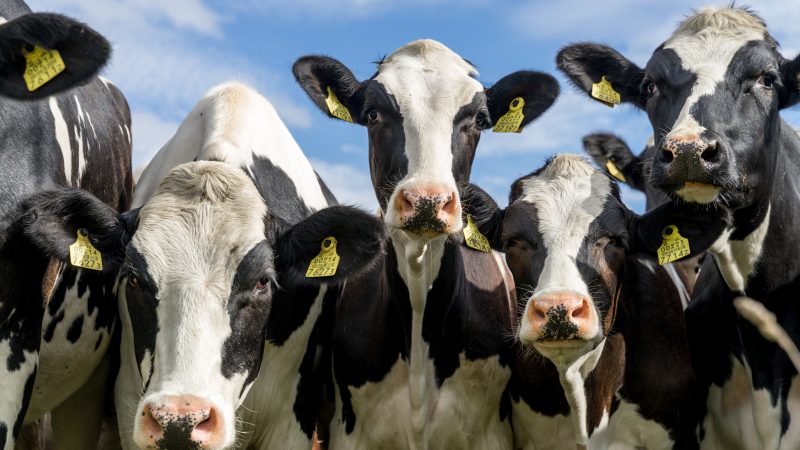Seasonal warning issued over copper risk to sheep
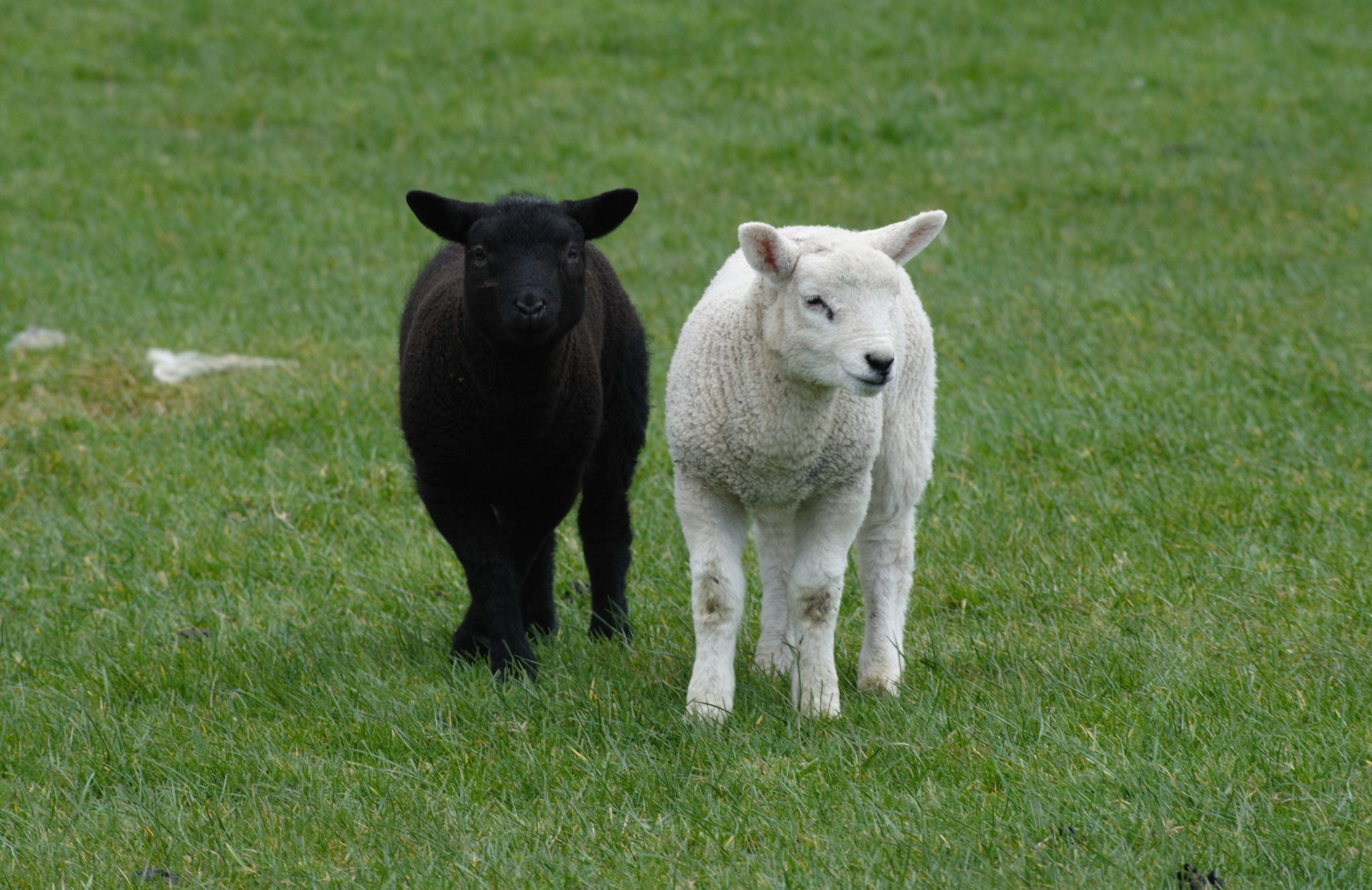
AFBI has issued a reminder of the seasonal risk to sheep of chronic copper poisoning. It’s a condition that can be seen throughout the year but is particularly prevalent in autumn for a number of reasons, including prolonged concentrate feeding of ewes in lactation, concentrate feeding to rams and lambs for sale and the changeable weather conditions.
While copper is an essential part of enzymes governing many biological functions, sheep are particularly susceptible to the toxic effects of excess copper. Toxicity is most frequently observed in the Charollais, Texel and Suffolk breeds, and less frequently observed in the mountain breeds, says AFBI.
Clinical disease follows a period of excess intake and occurs when the liver’s capacity to store excess copper is exceeded and there is a sudden release of copper by the liver into the circulatory system. This typically occurs after weeks or months of the accumulation of copper and often coincides with a period of stress on the animal. The sudden release of copper by the liver causes haemolysis and irreversible damage to the kidney and the brain.
Copper poisoning is slow to develop but sudden in onset. The eyes and skin become jaundiced and post-mortem examination reveals an orange liver, black kidneys and red/brown urine. Biochemistry results show a toxic level of copper in the liver and the kidney. Serum copper levels do not provide a reliable warning of imminent toxicity. While blood tests for liver enzymes can assess how much damage has occurred to the liver, these tests are not specific for copper toxicity and liver damage can be due to other conditions such as the presence of parasites.
AFBI says that feeding concentrates containing high levels of copper, excessive administration of copper containing mineral supplements or boluses, and grazing pastures which have been dressed in pig slurry are typical scenarios in which cases of copper toxicity in sheep may develop. However, even a diet with an acceptable copper concentration can also cause subclinical toxicity if fed for long enough to vulnerable breeds. This is because copper is a cumulative poison with the combination of daily exposure and prolonged feeding playing a part. Every opportunity to reduce the concentrate intake between lactations should be taken. Particular care should be taken with rams as they are usually fed concentrates more regularly and for more prolonged periods. The best way of managing this condition is to minimise long-term concentrate use in the diet.
Treatment options exist but they are only effective in the early stages of the clinical disease and are not always effective.


